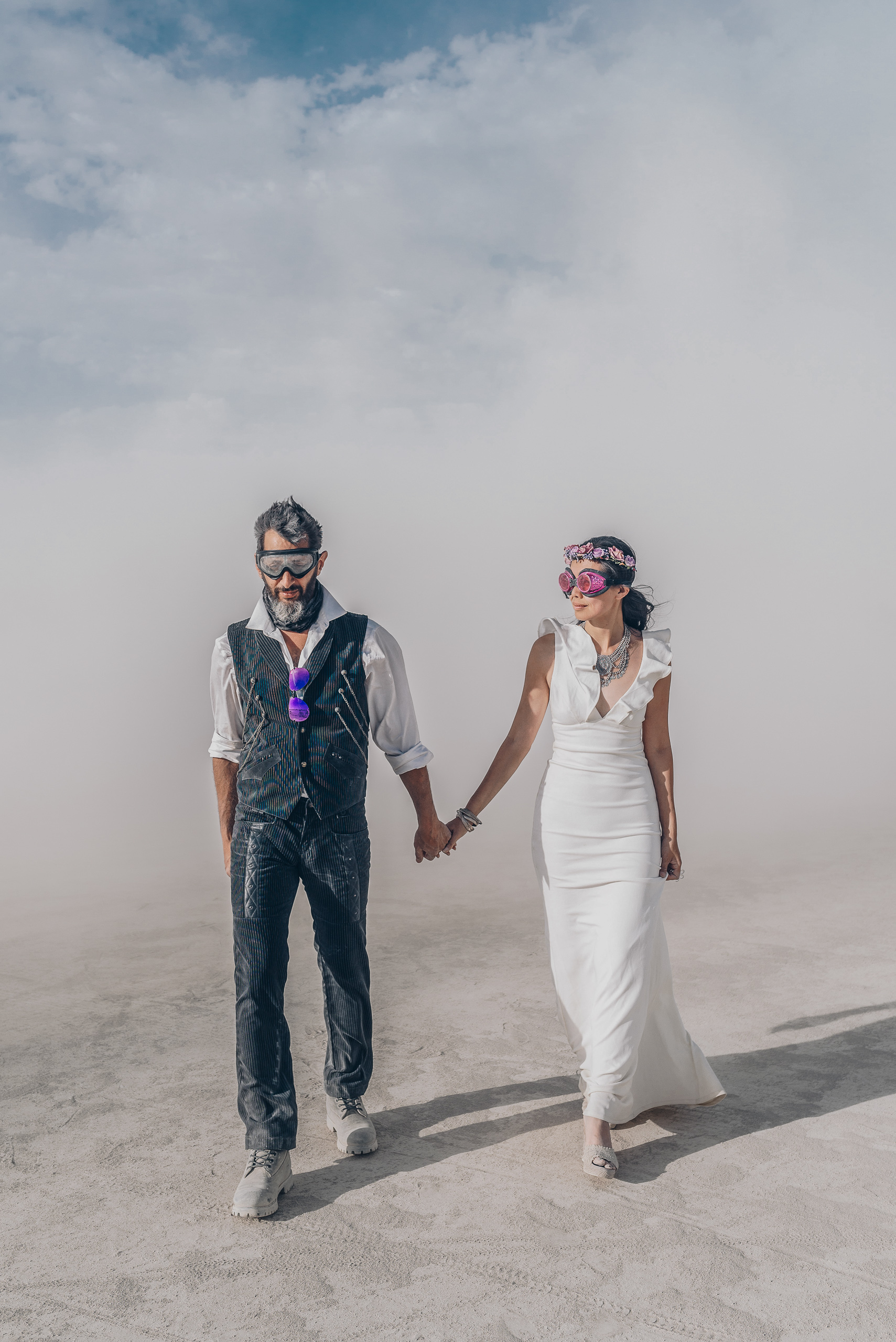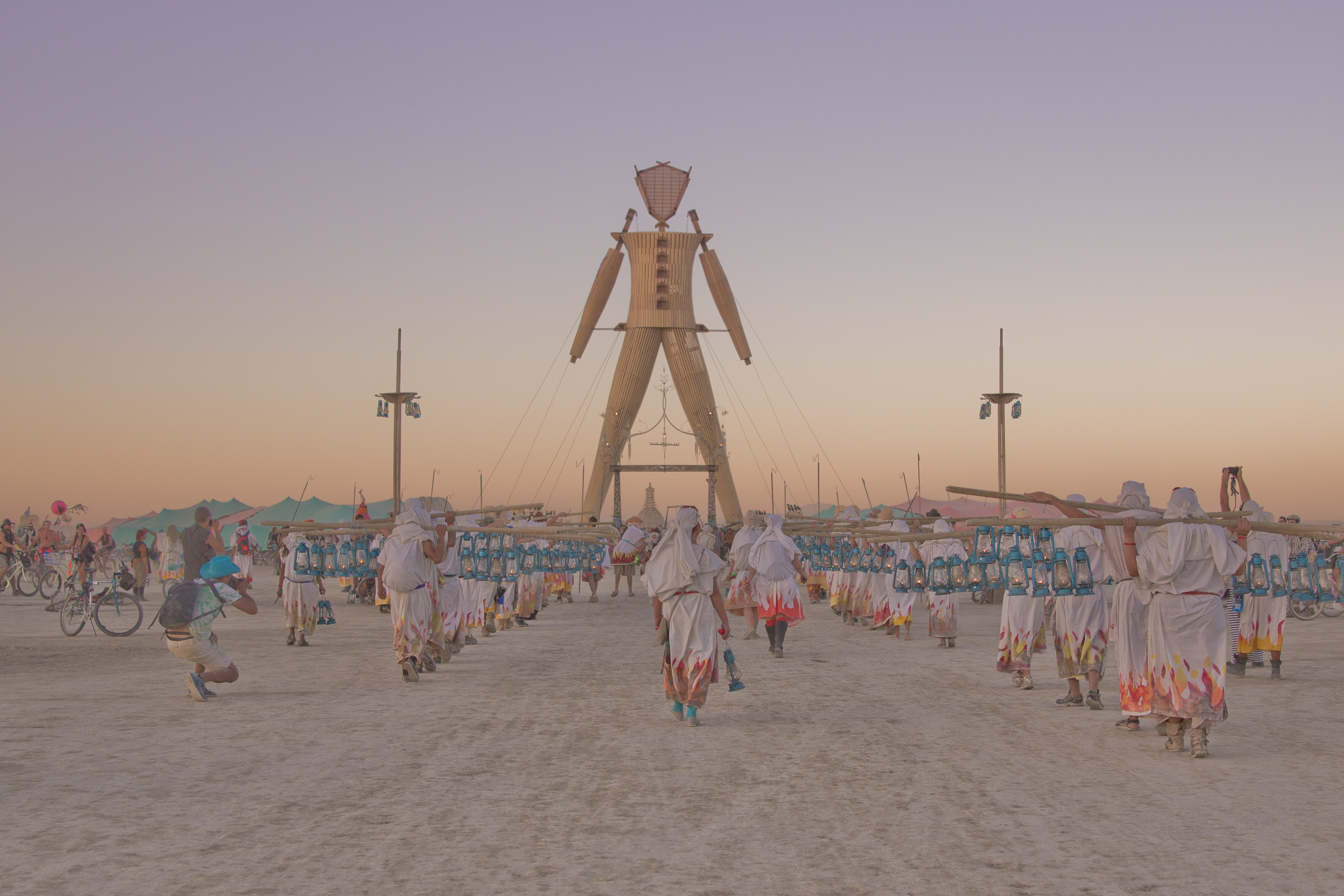
Few people can capture the grandeur and scope of Burning Man quite like Jane Hu. The award-winning San Francisco photographer has been documenting Black Rock City from the ground floor for a decade — she even has a tab devoted to Burning Man on her website — as both an official staff photographer and a participant in what Hu describes as an annual event that provides both “a sense of closure and a new beginning” for her year. That culminating end-of-the-cosmic-year event didn’t happen in 2020, thanks to COVID-19 shutting down Burning Man for the first time since its inception, which left Hu — and us, quite frankly — pretty nostalgic about Burns past.
To remedy things, we linked up with Hu for a chat about what Burning Man means to her and picked her brain about what she thought of this year’s Digital Burn and what lasting impacts the pandemic may have on the festival in the future. As a bonus treat, Hu shared with us some of her favorite photos from Burns past and gave some advice for photographers who are trying to capture a large scale extreme environment like Burning Man.
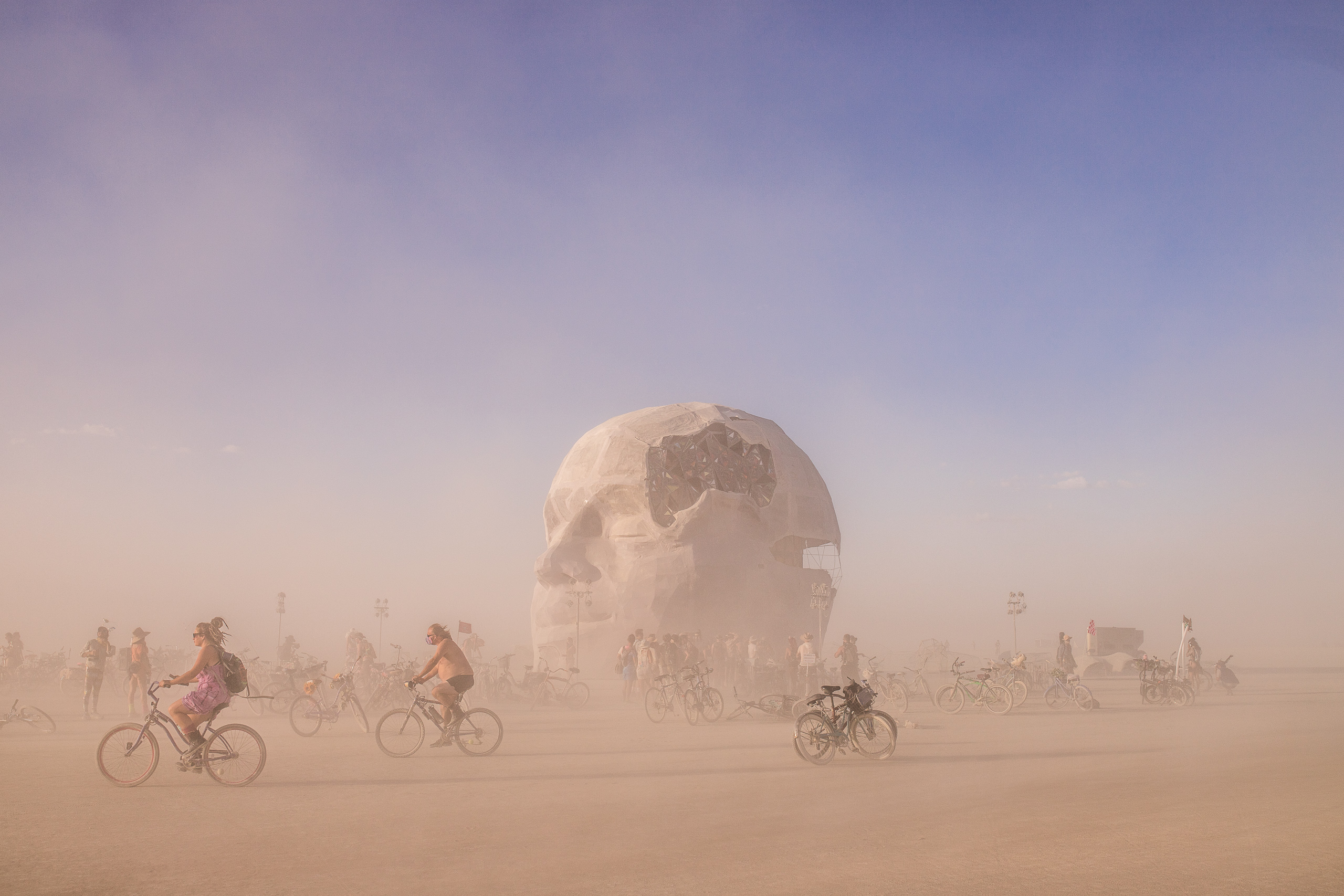
When did you first start taking photos at Burning Man?
This would’ve been my 11th year if it had happened, so I’ve been to 10 and I started taking photos, not the first year because I was freaked out about getting my camera ruined, but every year since then. I joined the official documentary team a few years ago and have been helping them capture the event in a more, I don’t know if “official” is the right word, but certainly in a larger capacity.
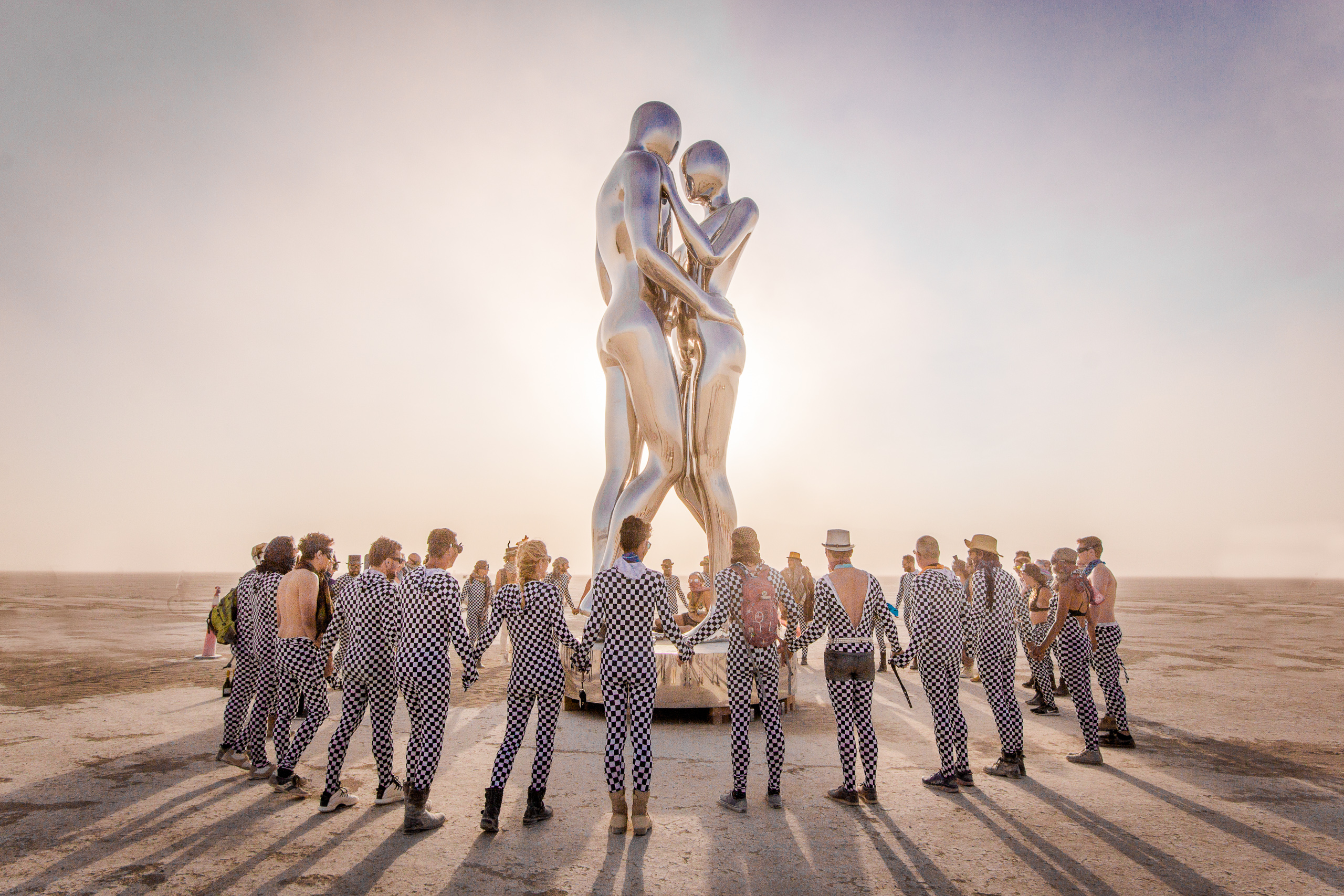

The environment of Burning Man can be extreme, what advice do you have for beginner photographers who may be taking photos in extreme settings like a desert, or snow-filled landscape
Research the specific environment that you’re going into ahead of time and research it well. At Burning Man the issue is really really fine alkaline dust. The dust is so fine that it gets in the crevices between the buttons in the body of your camera, it’s really corrosive and really hard to remove.
I’ve constructed what I call a camera condom — it’s a series of plastic ziplock bags with camera lens filters that are attached with painters tape so that I can still change lenses and keep my camera completely protected within this bag.
Over time it’s hard to manipulate your camera that way, some people use underwater casings, but its harder to take photos and get to your controls when you have a whole contraption to deal with. I’ve experimented with painter’s tape over my buttons and labeling it, but the last few years I’ve just brought multiple camera bodies, this way I can have a different lens on each body. Wednesday will be portrait day, so I’ll bring the portrait lens camera out, Thursday will be landscape day, and I’ll bring my wide-angle out. It’s a huge part of the planning process.
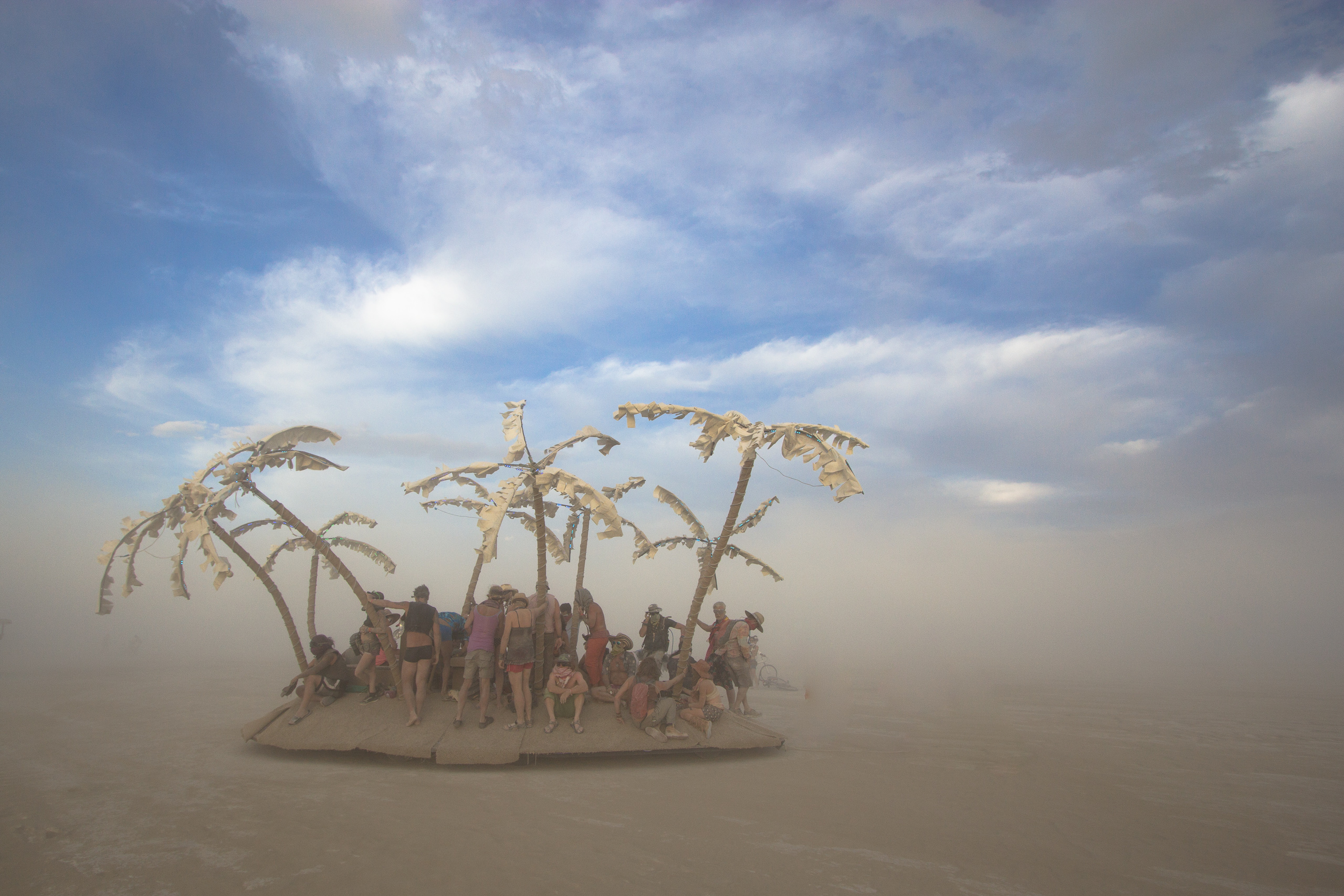
How did you spend Burning Man this year? Did you do the digital burn or did you do your own personal experience at home?
It was hard, I’m not going to lie. I think of Burning Man as this culminating end of a year event and beginning of the next. Burn night to me is like New Year’s Eve and it ushers in the beginning of a whole new year, missing that event, missing that sense of closure and a new beginning is psychologically really difficult.
What we did is bought an Oculus, so I did some amount of the BRCVR which is one of the eight multiverses, it was surprisingly impressive. Given the scope of it and how many people participated in it, and built worlds in it, a bunch of friends and I got together and would run around the virtual playa, and get into adventures. There are all these little Easter eggs in there that you can’t have in the real world. Part of what makes Burning Man so great to me is that you never know what you’re going to come across, and it has a sense of immediacy. If you get a certain experience you’re not going to find it again, you have to get the most out of it.
BRCVR had a very similar vibe to it — you can get to a secret section of this world if you crawl through this dumpster and reemerge on the other side of the DJ booth.
It was such a surprising find that I want to continue to go to now and I hope it’ll be around much longer. On the actual Burn night a few of my friends and I did go to Ocean Beach, we didn’t go to the big Ocean Beach gathering that [SF Mayor] London Breed scolded people about, we just had our own small mini celebration on the beach.
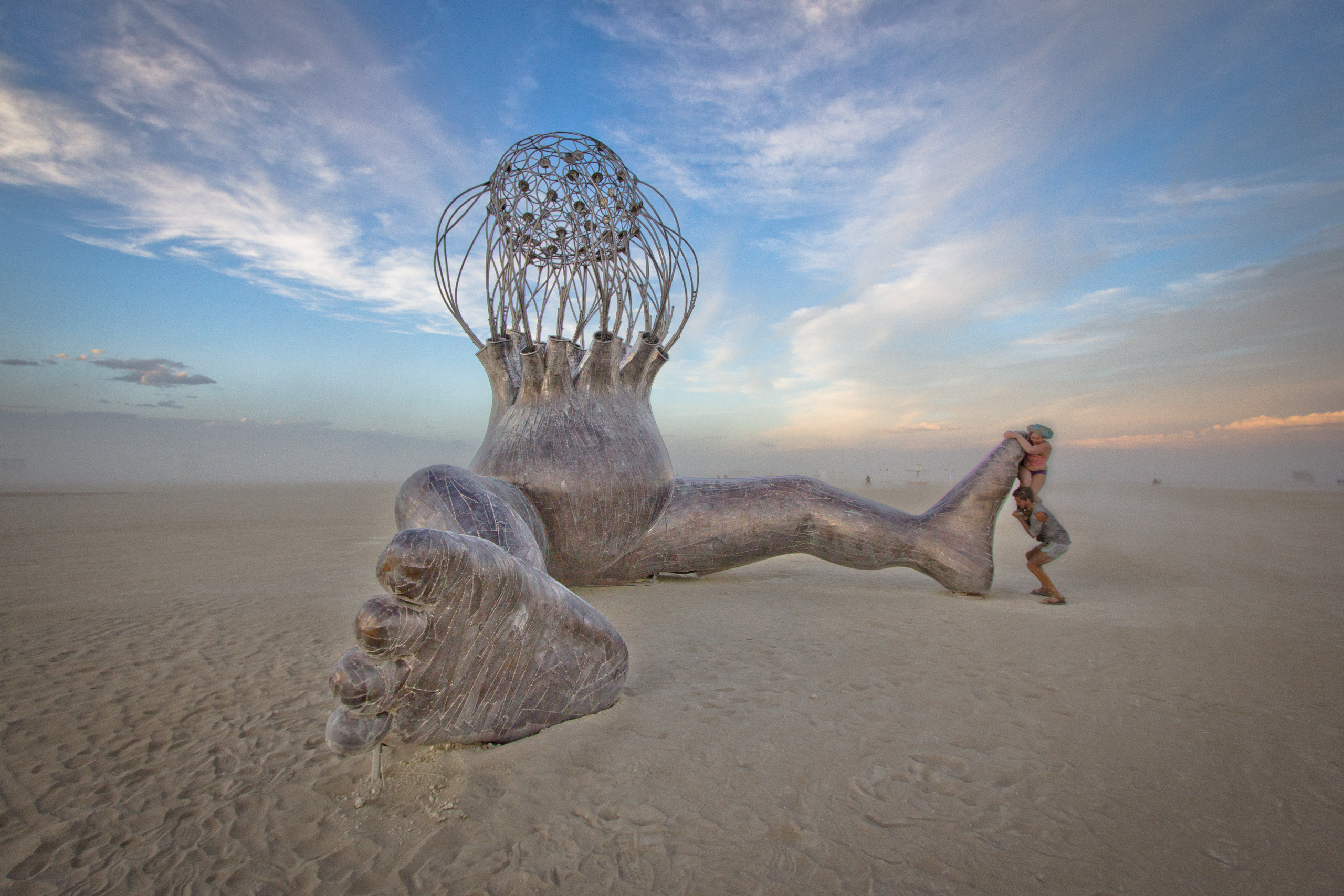
How does that VR experience compare? Obviously, the experiences are very different but it seems like they really tried to capture that sense of discovery that is so characteristic of Burning Man.
I thought it was surprisingly similar, it rang a couple of the same bells for me in terms of this idea of an infinite world that is non-linear, interactive, changes depending on the time of day, very immediate, it’s very participatory, the main Burning Man 10 principles were very much applied to the VR version.
Obviously, it’s different, a lot of pieces just can’t be replicated but because it was VR, and frankly my first time in that amount of VR, the immersive nature of it is really impressive. We also tried to do the same experience on a laptop, but then it just feels like a video game, but when you’re in VR it does feel like you’re immersed. When I took off my headset I was disoriented because I forgot I was in my living room.

Burning Man has a grandiose scope, what tips do you have for photographers capturing the scope of a location in a still photo?
What draws me to Burning Man is the idea of the scale of it. I’m obsessed with this idea of something being larger than life and the concept of scale and the fact that the art you see out there is larger than most art you’d see in the “real world.”
I love the sense of awe and wonder that that gives people and that’s what I love capturing most. My photos are mostly photos of art, the scale of art, it’s almost like the scale of human potential to me.
My advice is, bring the right lenses to capture the scale that you want to capture, I always bring a wide-angle and I use the wide-angle more than half the time I’m out there because I want to get that scale and the largeness of the object with some of the interplay between the vastness of the surroundings. The conditions out there are a photographer’s dream, there is no better place to take photos, the light is just amazing most of the time. There are really harsh daylight hours and pitch-black nights, but there is photography for any time of day depending on the style you want to shoot and your subject matter.
Definitely sunrises and sunsets, you don’t want to miss those, be ready to ditch your friends to take advantage of those narrow windows because the light will be unlike anything you’ve ever seen before.
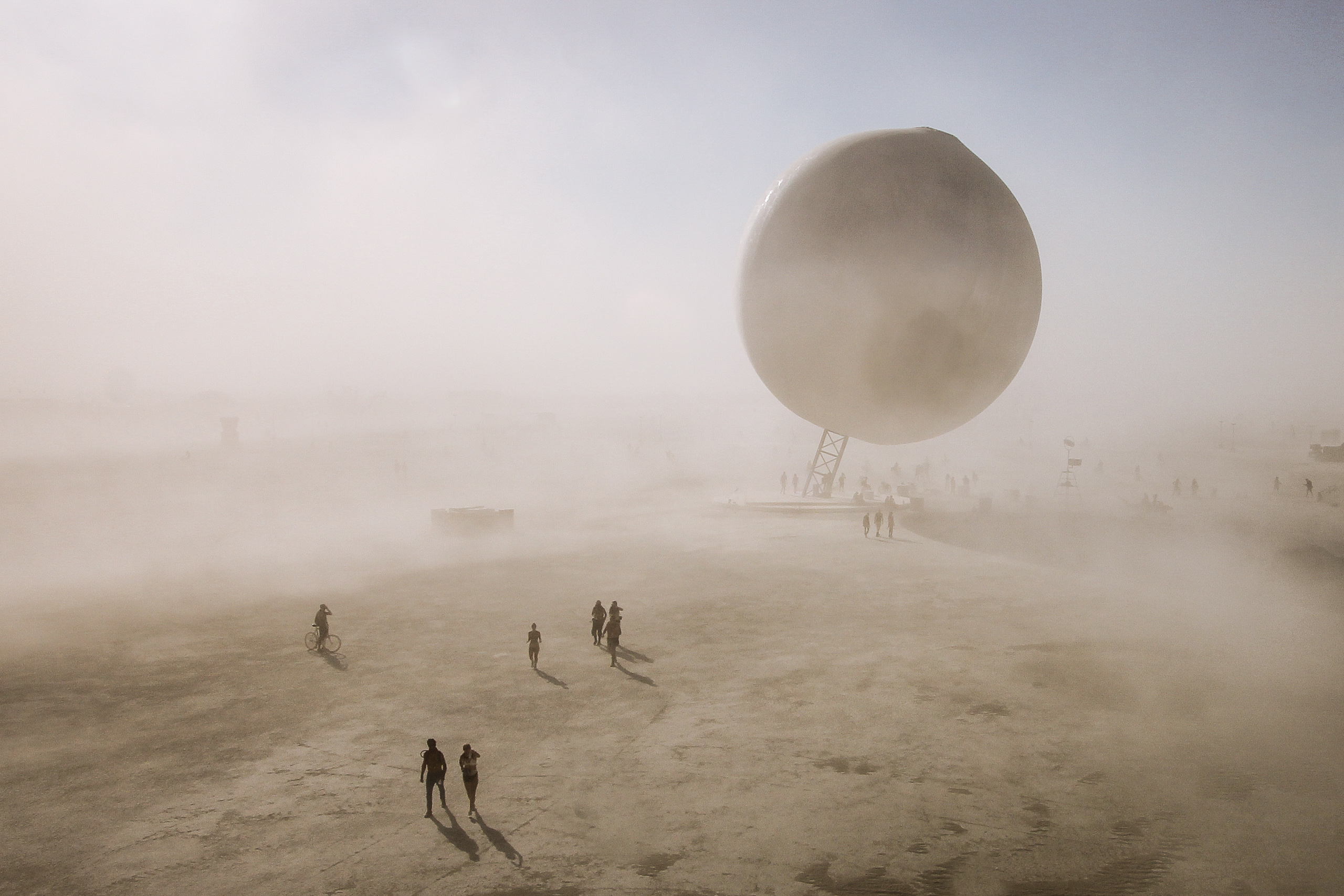
Speaking of that balance between the subject and the background, when you’re doing something like a portrait, what are some tips for being able to capture the surroundings and that intimacy at the same time?
I’m not what you would call a traditional “street photographer” by any means. I’m less concerned with capturing people in their daily activities and more concerned with composing my shots in a way that presents a juxtaposition between the setting and the person. I really like shooting people but I also really like making sure they fit with the overall story of the image. A lot of what I do is craft scenes — I start with a location, scout a good location, and find a place that has interesting potential then work with collaborators who will work with me to come up with a really interesting composition between the person and the setting.
A lot of the times I collaborate with performers because they’re comfortable in front of the camera, they usually have a particular style or something they want to say with their look. A lot of dancers, a lot of circus performers, a lot of musicians, I think that interest and openness in being in front of a camera really helps a lot with what shows up at the end of it, but it’s really a collaborative process. I want the person I’m shooting to have a say in what is being created and feel comfortable. At the end of the day, you can’t fake that comfort level or that interest in it. being part of telling the story.
I can’t be someone who says “Hey stand over there and put your arms up” I’m bad at posing, but I’m really good at finding collaborators and working with them to realize a joint vision.
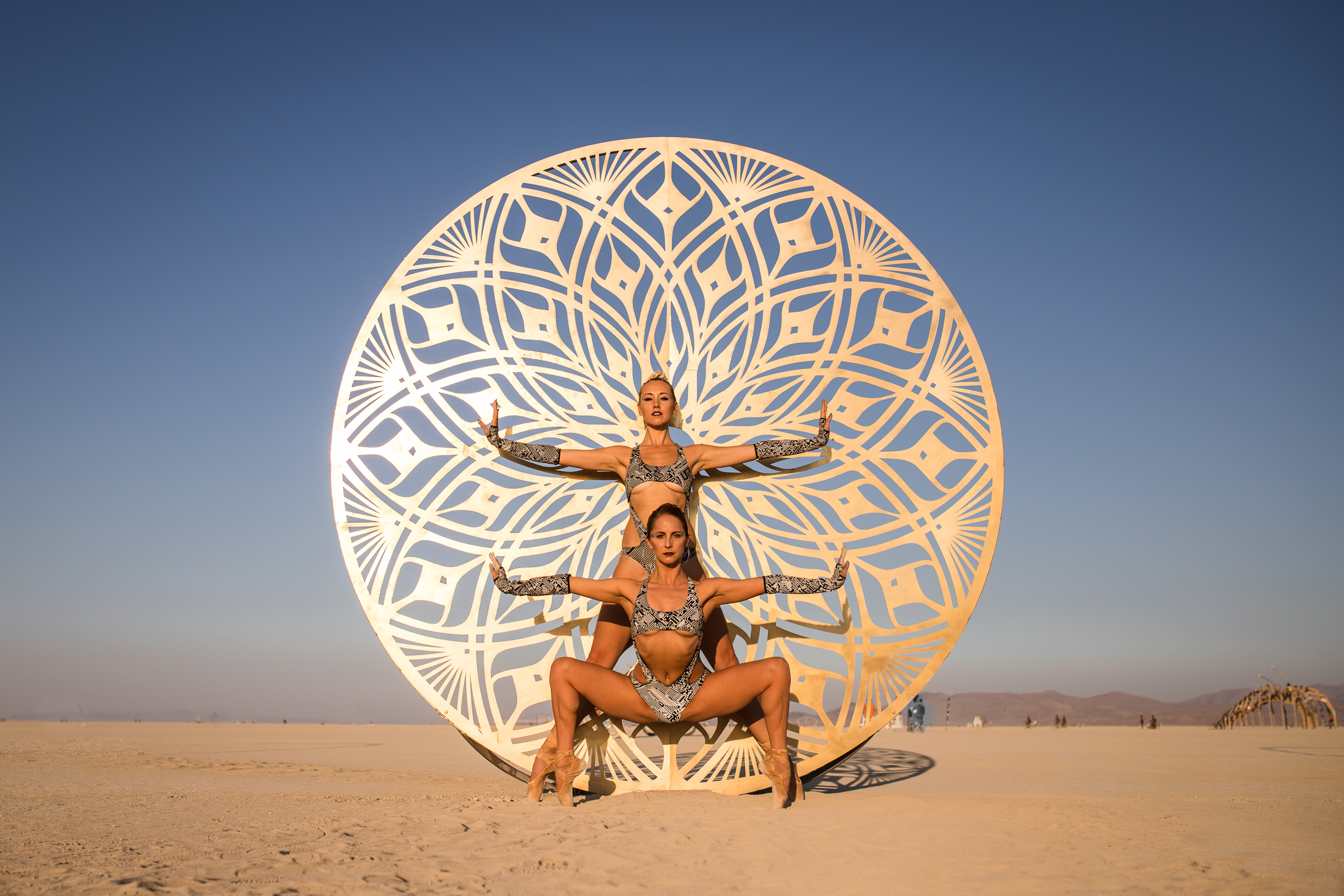
We talked a bit about the position of the sun and how light is more flattering at sunset and sunrise, but when capturing candid moments, the sun won’t always be in a position that’s helpful. Do you have any tips for interesting ways we can use less flattering light to take interesting photos?
It’s definitely a hard photographer challenge. Capturing light is what photography is all about, but you’re right, sometimes you have to make do with what you have or the conditions that happen to be there. Yesterday, because of the fires, it was completely orange out. That’s not something anyone expected, so photographers just have to make do with that.
I shoot probably 99% natural light, I shoot very little studio lighting — the camera has to be an extension of your mind, in a way.
“Okay it’s dark, it’s windy, I need to boost my ISO up I need to boost my shutter speed up” a lot of that has to be very intuitive. Burning Man in particular really forced me to have to learn that really quickly. You’re in these crazy conditions, you have to catch that moment, your camera is in some weird plastic bag contraption, you just have to learn by feel how to get to the setting you need.
But honestly, I’m not going to lie — there is a lot you can do in post-production. Post-production is just as important and just as interesting an experience to me as the shoot itself. In post, I use Lightroom, and PicsArt, there is just a lot of possibility you can do with your image, to pull up the levels to change the light balance, to crop, etc. There is a level of control that we have now over our images that I think the analog photographers would call “cheating” but as long as you’re not doing something that isn’t true to what you believe in and what you think constitutes the story you want to tell, all power to the tools you utilize and you master to tell that story.
For me I’m in Lightroom all the time, I’m trying different things out on PicsArt because it gives me a new level of control that I would never think of in a photography app. I use those tools a lot to discover what I’m trying to say.
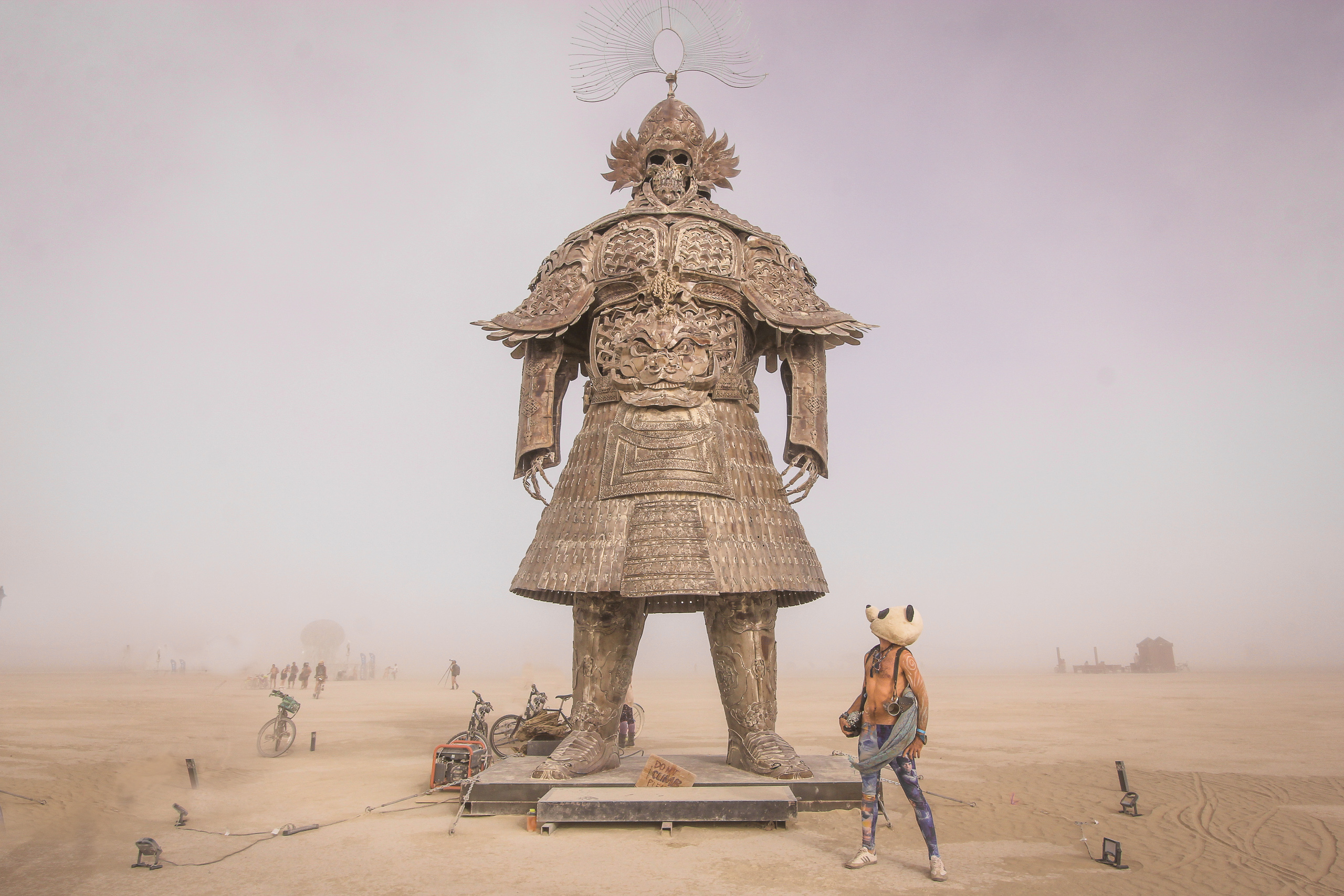
Circling back to Burning Man going Digital, do you think COVID-19 will have lasting impacts on Burning Man going forward, I’m sure this loss of revenue has hit them hard.
There is definitely a set of challenges for any festival coming up in the next two years. For Burning Man it’s not just the loss of revenue, it’s also the fact that it’s such a participatory event that you really need thousands to build Black Rock City. If those thousands have moved away from the Bay Area or the surrounding Nevada area because they can’t afford to live here or because they’ve moved back home because of COVID-19, that’s a big hit on Burning Man
The VR element is never going to be the substitute for the real experience, it’s a great additional experience for people who can’t make it out to Burning Man and it’s a really great starting point or gateway to the real thing.
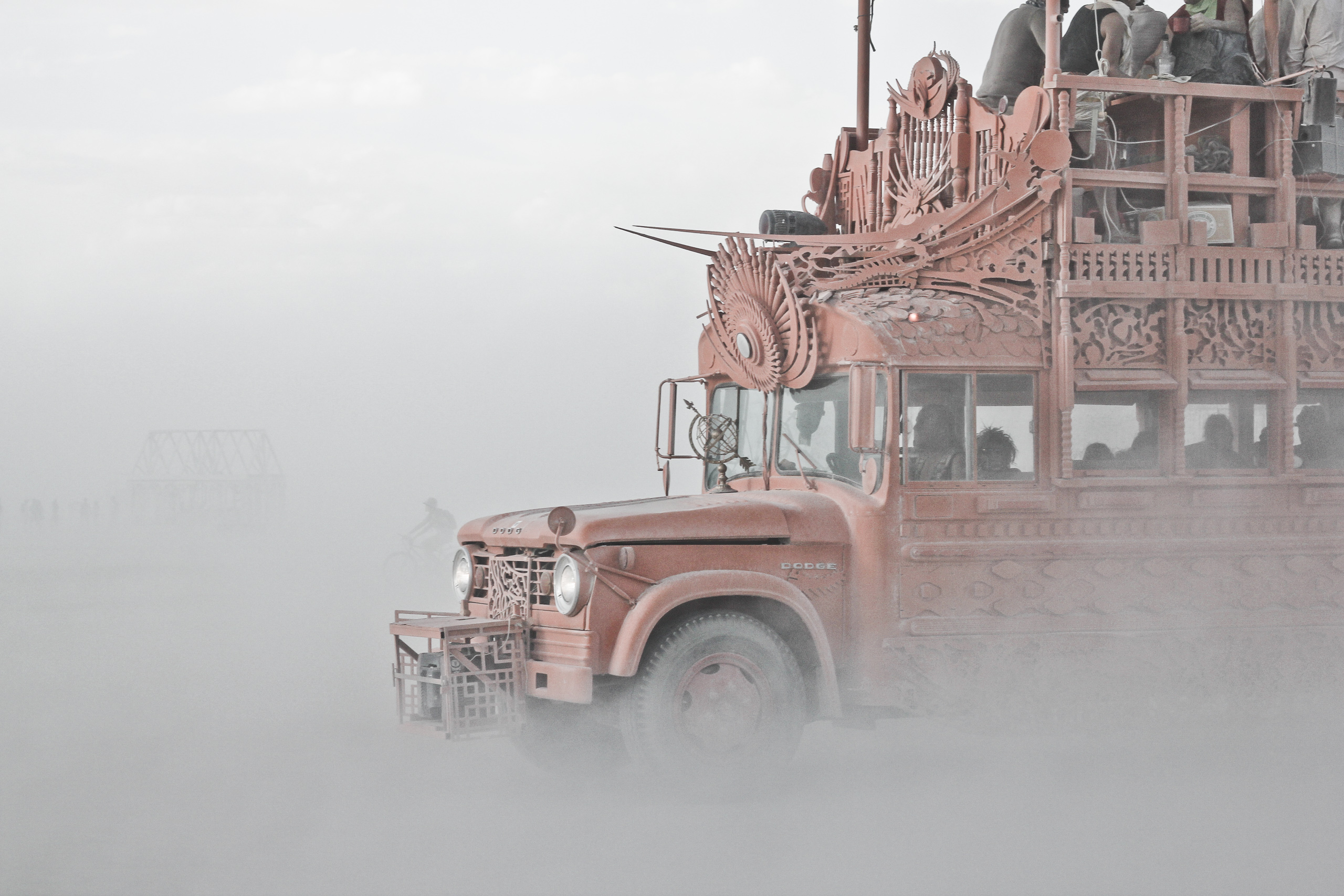
With your photos of Burning Man, what are you trying to capture, what’s the story you’re trying to tell?
A couple of things, what I said earlier about capturing something “larger than life” I’m obsessed with that idea. What really drives me to Burning Man is this idea of the interplay between human effort and Mother Nature. My first Burn I didn’t even know how to set up a tent, I had to have other people set it up for me. When it was finally set up and I biked out I was just blown away by this world that just came out of nowhere, built from people completely from scratch through a ton of effort. If I couldn’t even set up my tent, I couldn’t even imagine people building these magnificent things and then burning and dismantling them at the end of the week.
It’s deeply inspiring and it shows you that if you really want to do something, this is just one of the edges of what’s possible. That’s what I want to capture in my images, how do I inspire other people to produce something at the edge of what’s possible? That’s the impetus behind what makes Burning Man so special to me. On the more mundane side, there has become this commercialization of Burning Man or this idea that Burning Man is great for your Instagram feed, so there have been more and more Instagram stars going out to Burning Man, so what I try to do is capture the range of people who are out there. My portraits are more focused on everyday people and people who are not size 0 with a boyfriend taking photos for them.
I want to showcase other sides of Burning Man. A couple of years ago I did a piece for SF Gate around “The Temple” which is this really special place in Burning Man that is not about partying or nudity or drugs, it’s about leaving a piece of yourself that you’ve been mourning or celebrating and want to let go of. Walking through that experience and reading it is the most touching thing in the world, and it never gets covered in the press!
I’m always looking for beautiful yet alternative stories that emerge from Burning Man.
